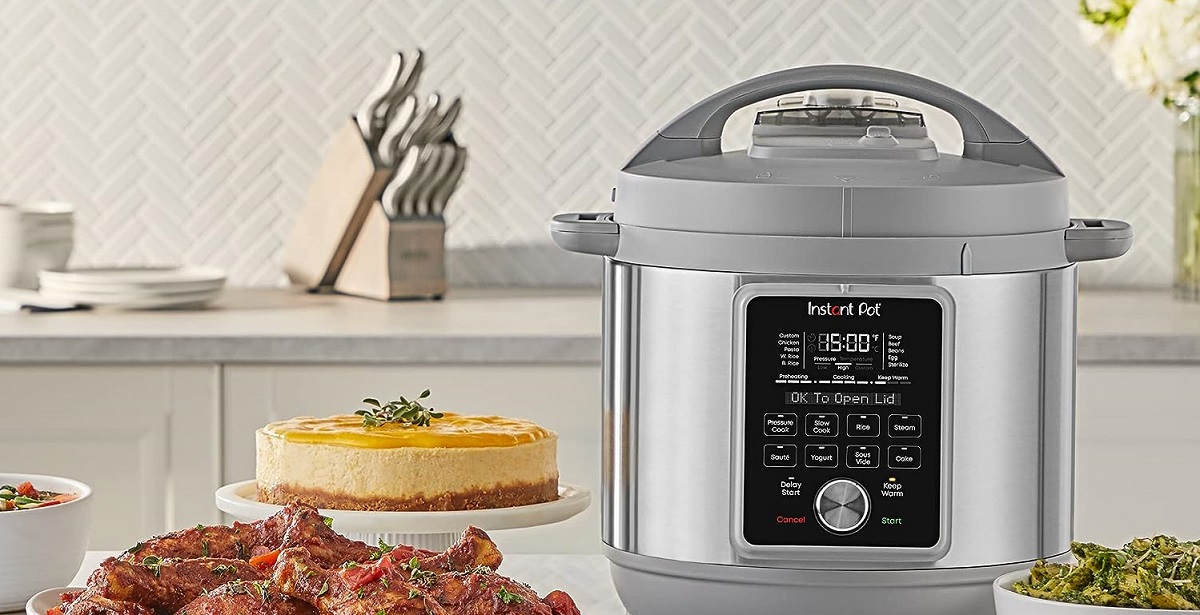

Articles
How To Use Instant Pot For Slow Cooker
Modified: February 29, 2024
Learn how to maximize your Instant Pot's slow cooker function with these helpful articles. Discover new recipes and tips for delicious, hassle-free meals!
(Many of the links in this article redirect to a specific reviewed product. Your purchase of these products through affiliate links helps to generate commission for Storables.com, at no extra cost. Learn more)
Introduction
Welcome to the world of cooking with an Instant Pot! If you’re new to this revolutionary kitchen appliance, you’re in for a treat. Not only does the Instant Pot make cooking fast and convenient, but it also offers a wide range of functions, including the ability to function as a slow cooker.
Gone are the days when slow cooking meant leaving a meal simmering on the stove or in a bulky slow cooker for hours on end. With the Instant Pot, you can achieve the same tender and flavorful results of slow cooking, but in a fraction of the time.
In this article, we’ll explore how to use an Instant Pot as a slow cooker and unleash its full potential in your kitchen. From choosing the right Instant Pot model to converting slow cooker recipes and adjusting cooking times, we’ll cover everything you need to know to master the art of slow cooking with your Instant Pot.
So, whether you’re a busy parent looking for convenient meal options or simply someone who enjoys the art of slow cooking, let’s dive in and discover the benefits of using an Instant Pot as a slow cooker!
Key Takeaways:
- Instant Pot’s slow cooker function offers time-saving, versatile, and flavorful benefits, making it a game-changer for busy individuals and slow cooking enthusiasts alike.
- Choosing the right Instant Pot model, converting slow cooker recipes, and mastering cooking times are essential for harnessing the full potential of the Instant Pot as a slow cooker.
Read more: How To Use The Instant Pot As A Slow Cooker
Benefits of Using Instant Pot as a Slow Cooker
Using an Instant Pot as a slow cooker offers numerous advantages that make it a worthy addition to your kitchen arsenal. Here are some of the key benefits:
- Saves Time: One of the biggest advantages of using an Instant Pot as a slow cooker is the significant time savings. Traditional slow cookers can take several hours to cook a meal, but the Instant Pot’s pressure cooking function can reduce cooking times by up to 70%. This means you can enjoy slow-cooked meals in a fraction of the time.
- Versatility: The Instant Pot is not just a slow cooker, but a multi-functional appliance. It can also be used as a pressure cooker, steamer, rice cooker, and more. This versatility eliminates the need for multiple kitchen appliances and saves valuable counter space.
- Enhanced Flavor: The Instant Pot’s sealed cooking environment helps to lock in flavors and juices, resulting in incredibly flavorful and tender meals. Whether you’re slow cooking a stew, chili, or even a roast, the Instant Pot will ensure that every bite is full of delectable flavors.
- Energy Efficient: Unlike traditional slow cookers that consume a significant amount of energy over several hours, the Instant Pot’s fast cooking times make it more energy-efficient. This can lead to cost savings on your utility bills, making the Instant Pot not only convenient but also eco-friendly.
- Easy to Use: The Instant Pot is designed with user-friendliness in mind. With its intuitive controls and pre-set cooking functions, using it as a slow cooker is a breeze. Whether you’re a beginner or a seasoned cook, the Instant Pot will make slow cooking a hassle-free experience.
- Safe and Reliable: The Instant Pot is equipped with various safety features, such as pressure release valves and automatic shut-off functions, to ensure safe and worry-free cooking. It is built with high-quality materials and undergoes rigorous testing, making it a reliable and durable kitchen appliance.
These are just a few of the many benefits of using an Instant Pot as a slow cooker. With its time-saving capabilities, versatility, enhanced flavor, energy efficiency, ease of use, and safety features, the Instant Pot takes slow cooking to a whole new level.
Choosing the Right Instant Pot Model for Slow Cooking
When it comes to choosing an Instant Pot model for slow cooking, there are a few key features to consider. Here are some factors to keep in mind:
- Size: Instant Pot offers various sizes, including 3-quart, 6-quart, and 8-quart models. Consider the size of your family and the portions you typically cook when deciding on the right size for your slow cooking needs.
- Programmable Features: Look for an Instant Pot model that offers programmable features specifically for slow cooking. This typically includes pre-set cooking modes and timer options that allow you to set the cooking time and temperature according to your recipe requirements.
- Slow Cooker Specific Mode: Ensure that the Instant Pot model you choose has a dedicated slow cooker mode. This mode is designed to replicate the functionality of a traditional slow cooker, allowing you to slow cook your meals with ease.
- Warm and Keep Warm Functions: Check if the Instant Pot model has the ability to keep your cooked food warm after the cooking cycle is complete. This is particularly useful if you need to keep your meal warm for an extended period or if you’re serving food for a gathering.
- Stainless Steel Inner Pot: Opt for an Instant Pot model with a stainless steel inner pot. Stainless steel is durable, non-reactive, and easy to clean, making it a preferred choice for slow cooking.
- Additional Accessories: Some Instant Pot models come with additional accessories, such as a steamer basket or a baking rack. These accessories can expand the functionality of your Instant Pot and provide more cooking options.
It’s important to consider your cooking preferences and requirements when choosing the right Instant Pot model for slow cooking. Taking into account the size, programmable features, slow cooker mode, warm functions, inner pot material, and additional accessories will ensure that you find the perfect Instant Pot model that meets your needs.
Converting Slow Cooker Recipes for Instant Pot
Converting your favorite slow cooker recipes for the Instant Pot is a straightforward process that allows you to take advantage of the Instant Pot’s fast and efficient cooking capabilities. Here are some tips to help you convert slow cooker recipes for the Instant Pot:
- Reduce Liquid: Since the Instant Pot’s sealed cooking environment retains moisture, you’ll need less liquid compared to traditional slow cooking. As a general rule, reduce the liquid by about 1/2 to 2/3 of the amount specified in the slow cooker recipe.
- Adjust Cooking Time: The Instant Pot’s pressure cooking function significantly reduces cooking time. As a starting point, you can cut the cooking time by approximately 1/3 to 1/2 of the slow cooker recipe. Keep in mind that certain ingredients may require specific cooking times, so adjust accordingly.
- Use the Saute Function: Utilize the saute function on the Instant Pot to brown meat or soften vegetables before starting the slow cooking process. This will enhance flavors and textures, just as you would do in a traditional slow cooker.
- Follow Layering Instructions: Some slow cooker recipes require layering ingredients in a particular order. It’s essential to follow these layering instructions when converting the recipe for the Instant Pot. Layering ingredients correctly ensures even cooking and prevents the dish from sticking to the bottom.
- Ensure Proper Sealing: Before starting the Instant Pot, make sure the sealing ring is properly placed and the pressure release valve is set to the sealing position. This will ensure a tight seal and prevent steam from escaping during the cooking process.
- Adjust Seasonings: The Instant Pot’s pressure cooking intensifies flavors. As a result, you may need to adjust the amount of seasonings in your slow cooker recipe. Taste and adjust the seasonings after the dish is cooked to achieve the desired flavor profile.
Experimenting with converting slow cooker recipes to the Instant Pot may require some trial and error. However, by following these guidelines, you’ll be able to adapt your favorite slow cooker recipes for the Instant Pot and enjoy delicious meals in less time.
When using your Instant Pot as a slow cooker, make sure to use the “Less” setting for a low temperature and the “Normal” setting for a high temperature. This will ensure that your dishes cook properly and evenly.
Adjusting Cooking Times for Instant Pot Slow Cooking
When using the Instant Pot as a slow cooker, adjusting the cooking times is crucial to achieve perfectly cooked and tender meals. While the Instant Pot’s pressure cooking function is designed to reduce cooking times, it can still be used to mimic the slow cooking process. Here are some tips for adjusting cooking times when using the Instant Pot as a slow cooker:
- Consider the Recipe: Take into account the ingredients and the overall complexity of the recipe. Dishes with tougher cuts of meat or dense vegetables will require longer cooking times. Simpler recipes with softer ingredients may require shorter cooking times.
- Use the Manual Setting: When using the Instant Pot as a slow cooker, select the manual (or pressure cook) setting instead of the pre-set slow cooker mode. The manual setting allows you to have more control over the cooking time and temperature.
- Adapt Slow Cooker Recipes: If you’re adapting a slow cooker recipe for the Instant Pot, reduce the cooking time by approximately 1/3 to 1/2 of the original slow cooker recipe. Start with a shorter cooking time and check for doneness. You can always add more time, but you can’t undo overcooked food.
- Consider Recipe Characteristics: Take note of the recipe’s specific characteristics, such as the size and thickness of the ingredients. For example, if your slow cooker recipe calls for large chunks of meat, you may need to increase the cooking time slightly to ensure it’s adequately tenderized.
- Perform Natural Release: When slow cooking in the Instant Pot, it’s generally recommended to perform a natural release instead of a quick release. Natural release allows the pressure to gradually release on its own, which helps to prevent the food from becoming tough.
- Use a Meat Thermometer: To ensure that meat is cooked to the desired level of doneness, use a meat thermometer to check the internal temperature. This is especially important for larger cuts of meat that may need longer cooking times.
Remember, adjusting cooking times when using the Instant Pot as a slow cooker may require some experimentation. Take note of the results and make adjustments accordingly for future cooking endeavors. With practice, you’ll become familiar with the cooking times required to achieve your desired results.
Read more: How To Convert Slow Cooker To Instant Pot
Tips and Tricks for Using Instant Pot as a Slow Cooker
Using the Instant Pot as a slow cooker offers a world of possibilities for creating delicious and convenient meals. To make the most out of your Instant Pot’s slow cooking capabilities, here are some tips and tricks to keep in mind:
- Preheat if Necessary: While the Instant Pot doesn’t require preheating like a traditional oven, some recipes benefit from a brief preheat period. Especially for recipes that include browning meat or sautéing ingredients, preheating can help enhance flavors and achieve better results.
- Consider Liquid Content: The Instant Pot requires less liquid for slow cooking compared to traditional slow cookers. Be mindful of the liquid content in your recipes and reduce it accordingly. Remember that the Instant Pot’s sealed cooking environment retains moisture, so you’ll need less liquid overall.
- Use the Trivet: Place the trivet or a metal steam rack at the bottom of the Instant Pot before adding ingredients for slow cooking. This elevates the food and prevents it from sitting in the liquid, resulting in more even cooking and preventing the food from becoming soggy.
- Avoid Overfilling: As a general rule, avoid overfilling the Instant Pot when using it as a slow cooker. Stick to the recommended maximum fill line to prevent potential issues such as food spilling or uneven cooking. If you’re unsure, consult your Instant Pot’s user manual for specific guidelines.
- Layer Ingredients Wisely: When layering ingredients in the Instant Pot, place larger and denser ingredients at the bottom and lighter ingredients on top. This helps to ensure even cooking throughout the dish. If needed, you can stir or mix the ingredients during the cooking process to promote uniform heat distribution.
- Experiment with Flavors: The Instant Pot’s sealed environment is excellent for infusing flavors into your recipes. Don’t be afraid to experiment with different herbs, spices, and seasonings to enhance the taste of your slow-cooked meals. Be mindful of the intensity of certain flavors and adjust accordingly.
- Utilize the Keep Warm Function: If you’re not ready to serve your slow-cooked meal right after it’s done cooking, take advantage of the Instant Pot’s keep warm function. This feature allows you to keep your meal warm until you’re ready to enjoy it without risking overcooking.
- Patience is Key: Slow cooking is all about patience and allowing your ingredients to cook slowly and develop rich flavors over time. Avoid the temptation to constantly peek or open the Instant Pot as it can disrupt the cooking process. Trust the slow cooking method and have patience for delicious results.
By following these tips and tricks, you’ll be able to harness the full potential of the Instant Pot as a slow cooker. Enjoy the convenience, versatility, and flavorful results that slow cooking with the Instant Pot brings to your kitchen.
Cleaning and Maintaining Your Instant Pot
Proper cleaning and maintenance of your Instant Pot are essential for its longevity and optimal performance. Here are some tips to keep your Instant Pot clean and in top shape:
- Unplug and Disassemble: Before cleaning your Instant Pot, ensure it’s unplugged and cooled down. Disassemble the removable parts, such as the inner pot, sealing ring, steam rack, and condensation collector, for thorough cleaning.
- Wash the Removable Parts: Wash the removable parts with warm, soapy water. Use a sponge or non-abrasive brush to remove any food residue. For stubborn stains, soaking the parts for a short period can help loosen the debris before washing.
- Clean the Lid and Base: Wipe down the exterior of the Instant Pot, including the lid and base, with a damp cloth or sponge. Avoid submerging the lid or base in water or exposing them to excessive moisture.
- Deal with Lingering Odors: If your Instant Pot retains any lingering odors from previous cooking sessions, soak the sealing ring in a mixture of white vinegar and water for a few hours. You can also place half a lemon or a few tablespoons of baking soda in the Instant Pot, add water, and run a quick steam cycle to eliminate odors.
- Keep the Inner Pot Dry: After washing the inner pot, make sure it’s completely dry before placing it back into the Instant Pot. Leaving the pot damp can lead to odors or even mold. Wiping the inner pot with a clean, dry cloth can help ensure it’s moisture-free.
- Check and Clean the Steam Release Valve: Regularly inspect the steam release valve to ensure it’s clean and free from any obstruction. Use a small brush or toothpick to remove any debris that may be blocking the valve and preventing proper steam release.
- Replace the Sealing Ring: Over time, the silicone sealing ring may become worn or retain odors. It’s recommended to replace the sealing ring approximately every 12-18 months or when it becomes damaged. Check the manufacturer’s instructions for the specific replacement interval for your model.
- Store Properly: When not in use, store your Instant Pot in a clean and dry location. Ensure the inner pot, sealing ring, and other accessories are completely dry before placing them back into the Instant Pot for storage. This helps prevent mold or odor buildup.
By following these cleaning and maintenance tips, you can keep your Instant Pot in excellent condition and ensure it continues to provide you with delicious meals for years to come. Remember to consult your Instant Pot’s user manual for any specific cleaning instructions or recommendations from the manufacturer.
Conclusion
The Instant Pot is not only a versatile and time-saving kitchen appliance but also a fantastic tool for slow cooking. By utilizing its slow cooker function, you can enjoy the convenience of tender and flavorful meals without the lengthy cooking times associated with traditional slow cookers. Whether you’re a busy parent, a working professional, or simply someone who loves the art of slow cooking, the Instant Pot is a game-changer.
In this article, we explored the benefits of using an Instant Pot as a slow cooker, including time savings, enhanced flavor, energy efficiency, and ease of use. We discussed the importance of choosing the right Instant Pot model for slow cooking, considering factors such as size, programmable features, and cooking modes. Converting slow cooker recipes for the Instant Pot was also covered, providing tips for adjusting liquid content and cooking times to achieve delicious results.
We also delved into valuable tips and tricks for using the Instant Pot as a slow cooker, including preheating if necessary, layering ingredients wisely, and experimenting with flavors. Finally, we highlighted the importance of cleaning and maintaining your Instant Pot for optimal performance and longevity.
With the knowledge and guidance shared in this article, you have the tools to maximize the potential of your Instant Pot as a slow cooker. So, go ahead and explore the world of flavorful and convenient slow-cooked meals with your trusty Instant Pot by your side. Your taste buds and your busy schedule will thank you!
Frequently Asked Questions about How To Use Instant Pot For Slow Cooker
Was this page helpful?
At Storables.com, we guarantee accurate and reliable information. Our content, validated by Expert Board Contributors, is crafted following stringent Editorial Policies. We're committed to providing you with well-researched, expert-backed insights for all your informational needs.
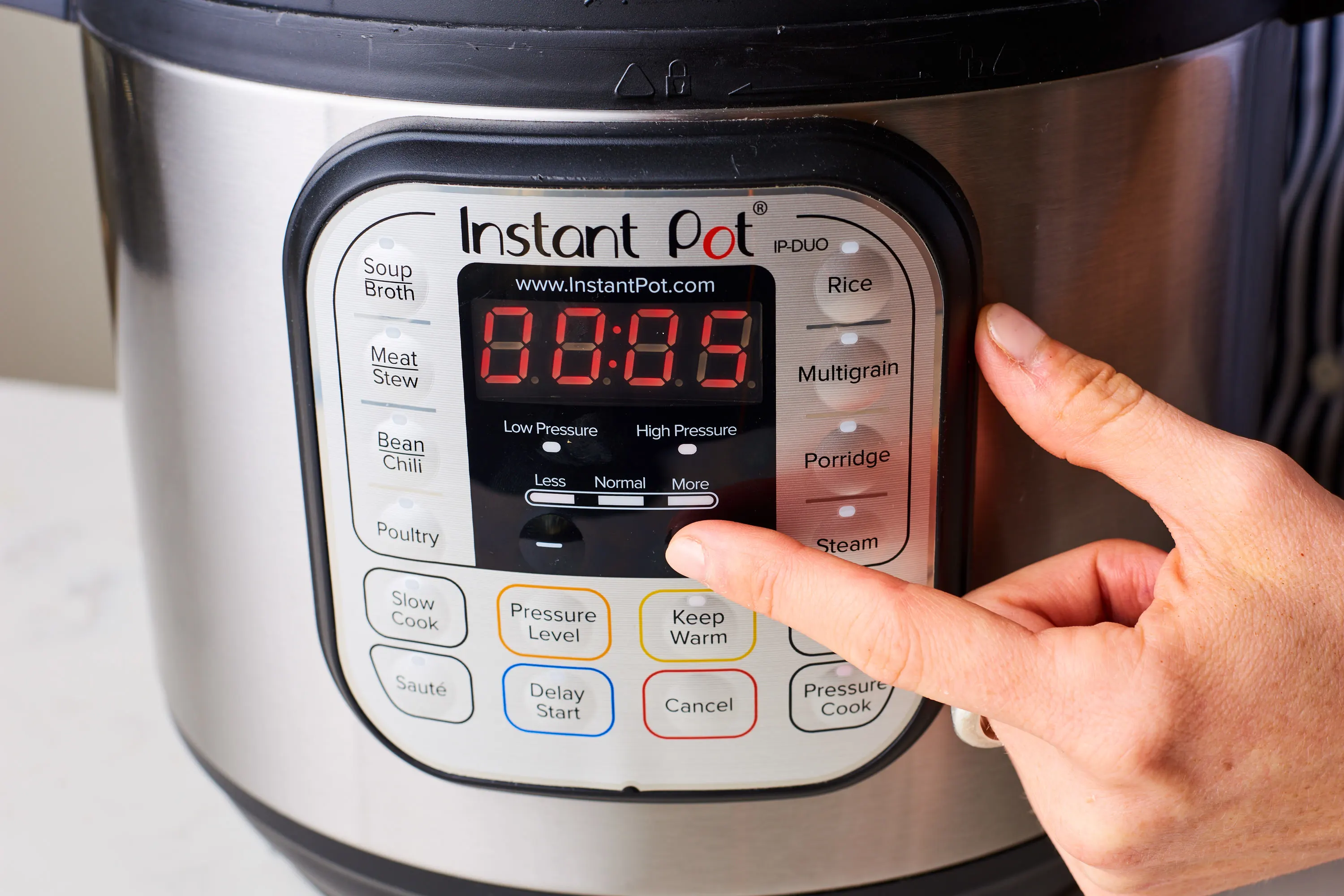
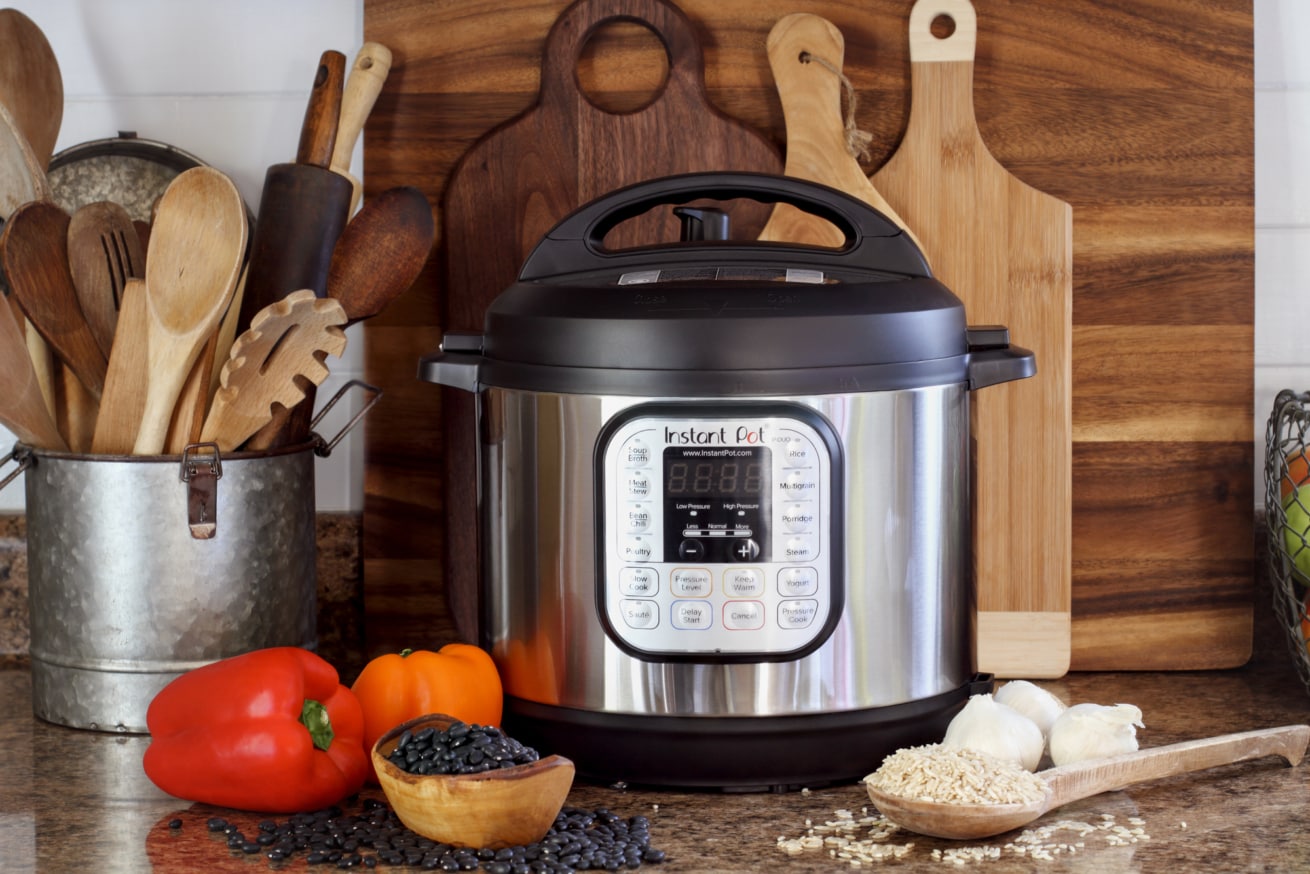
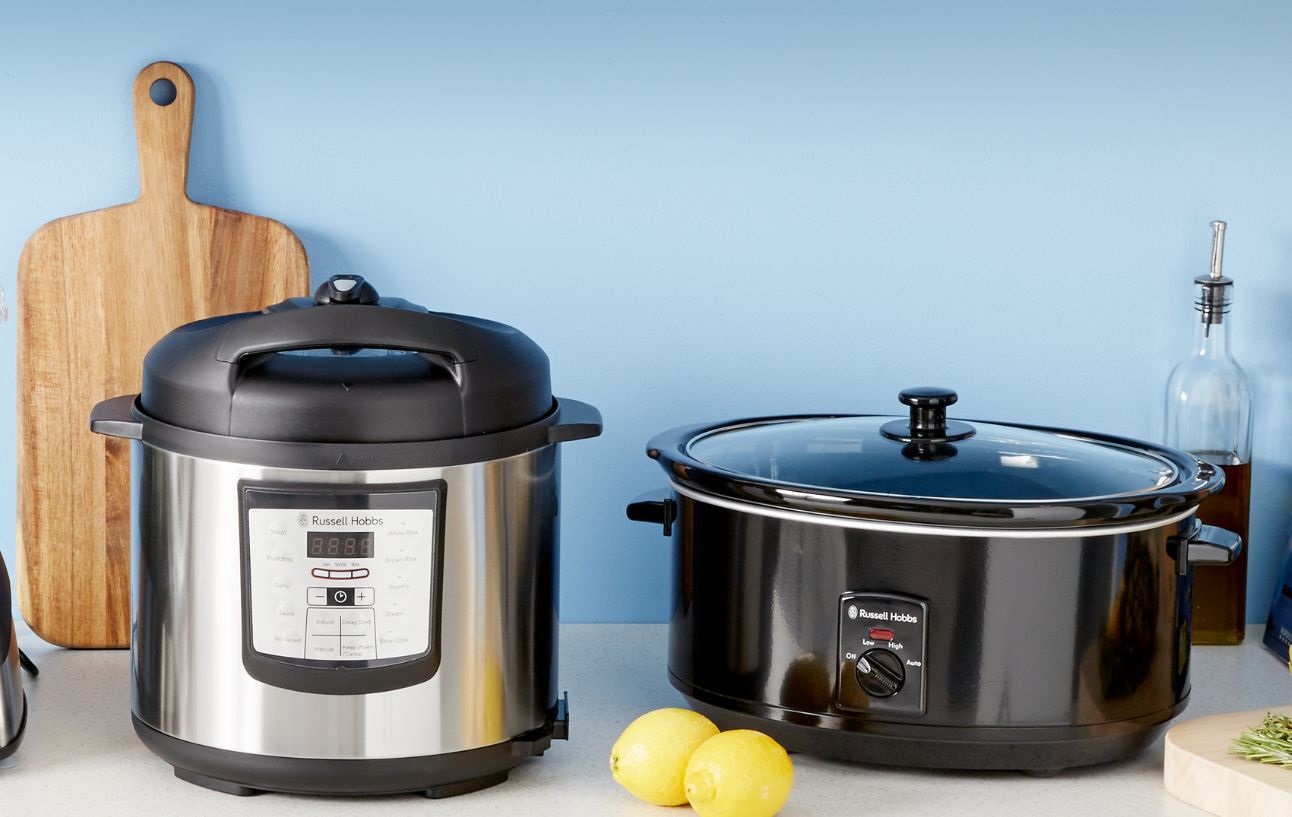

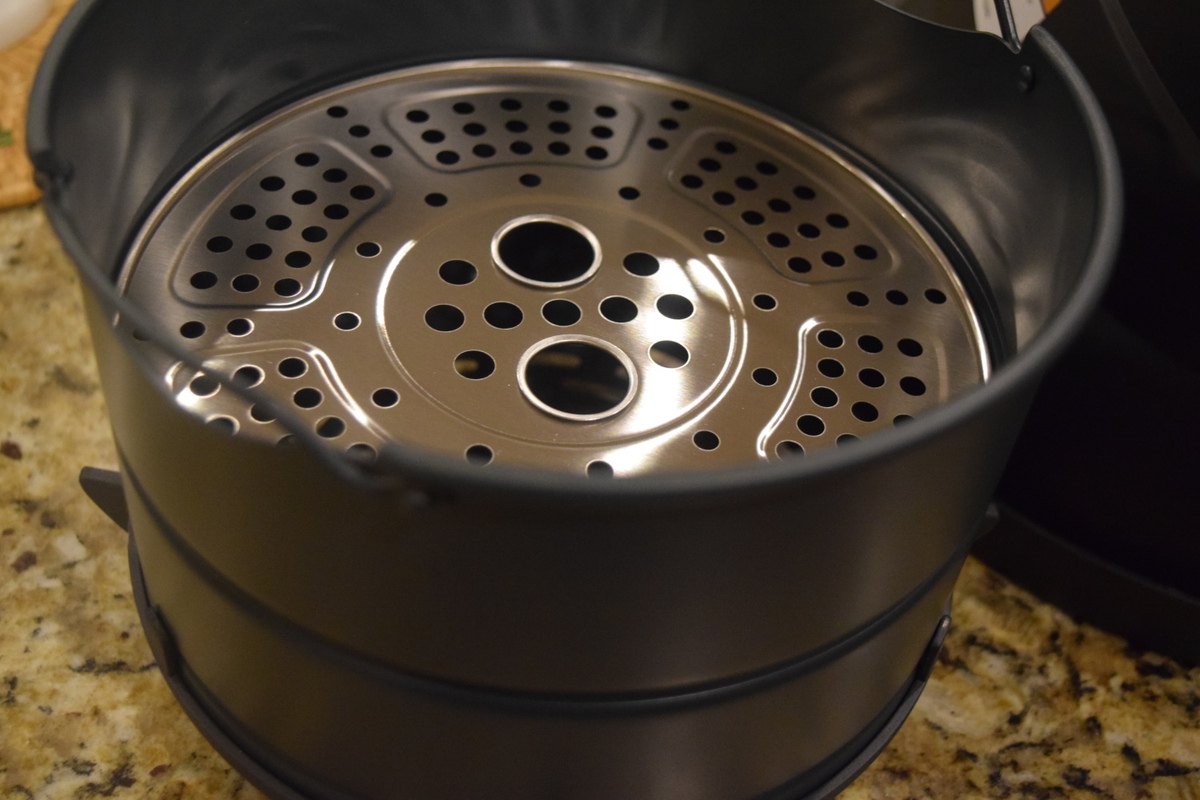
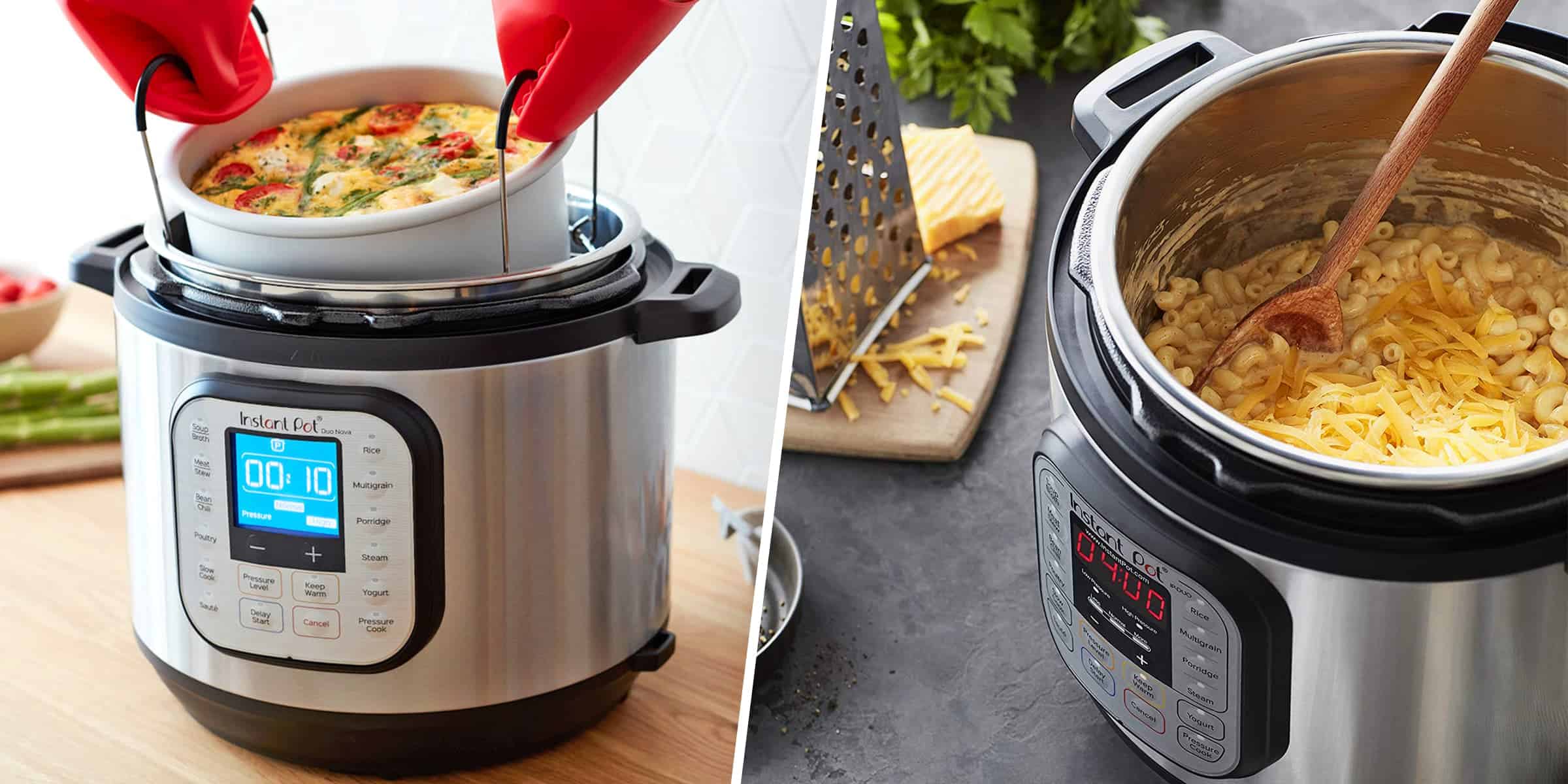
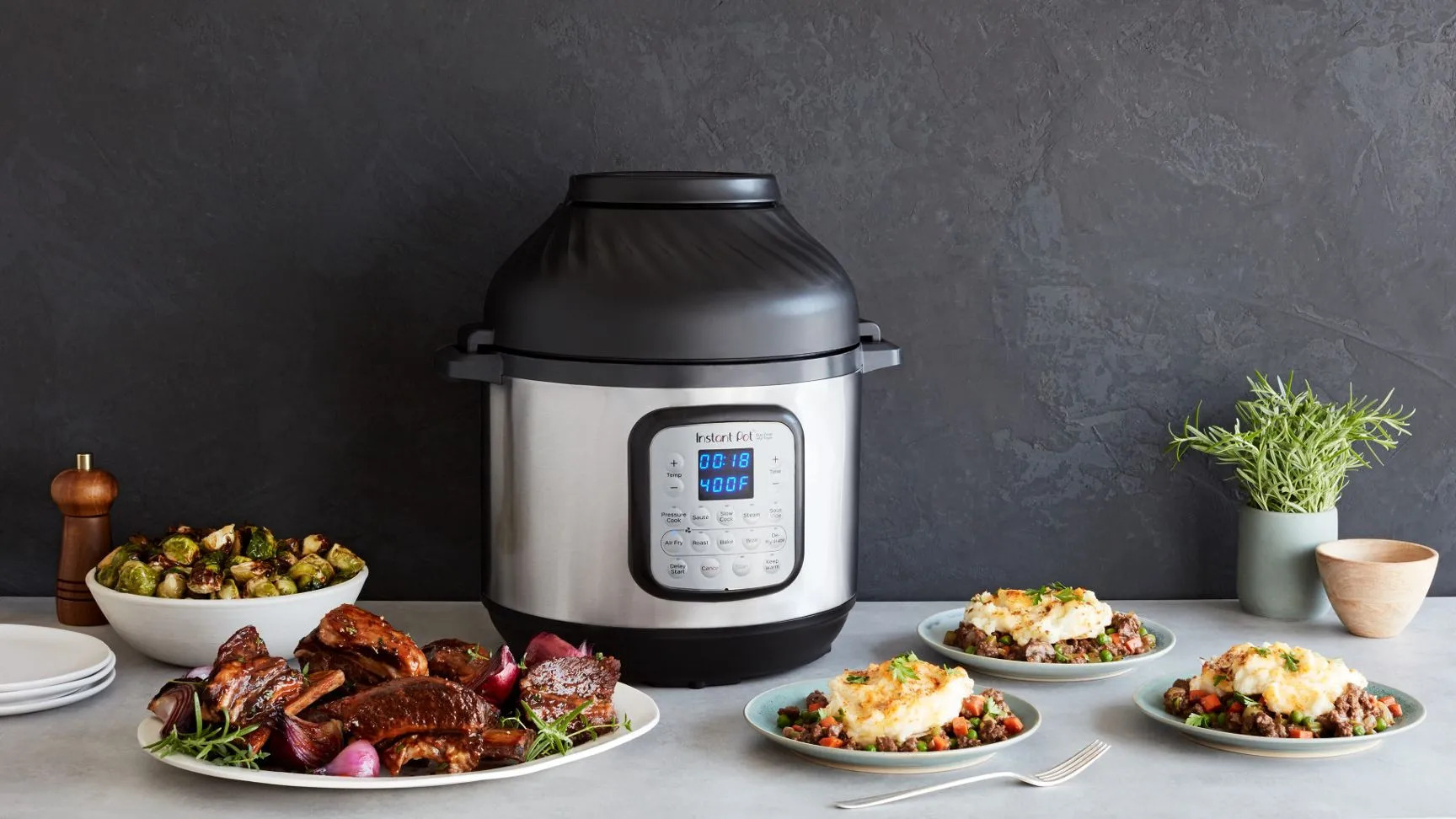
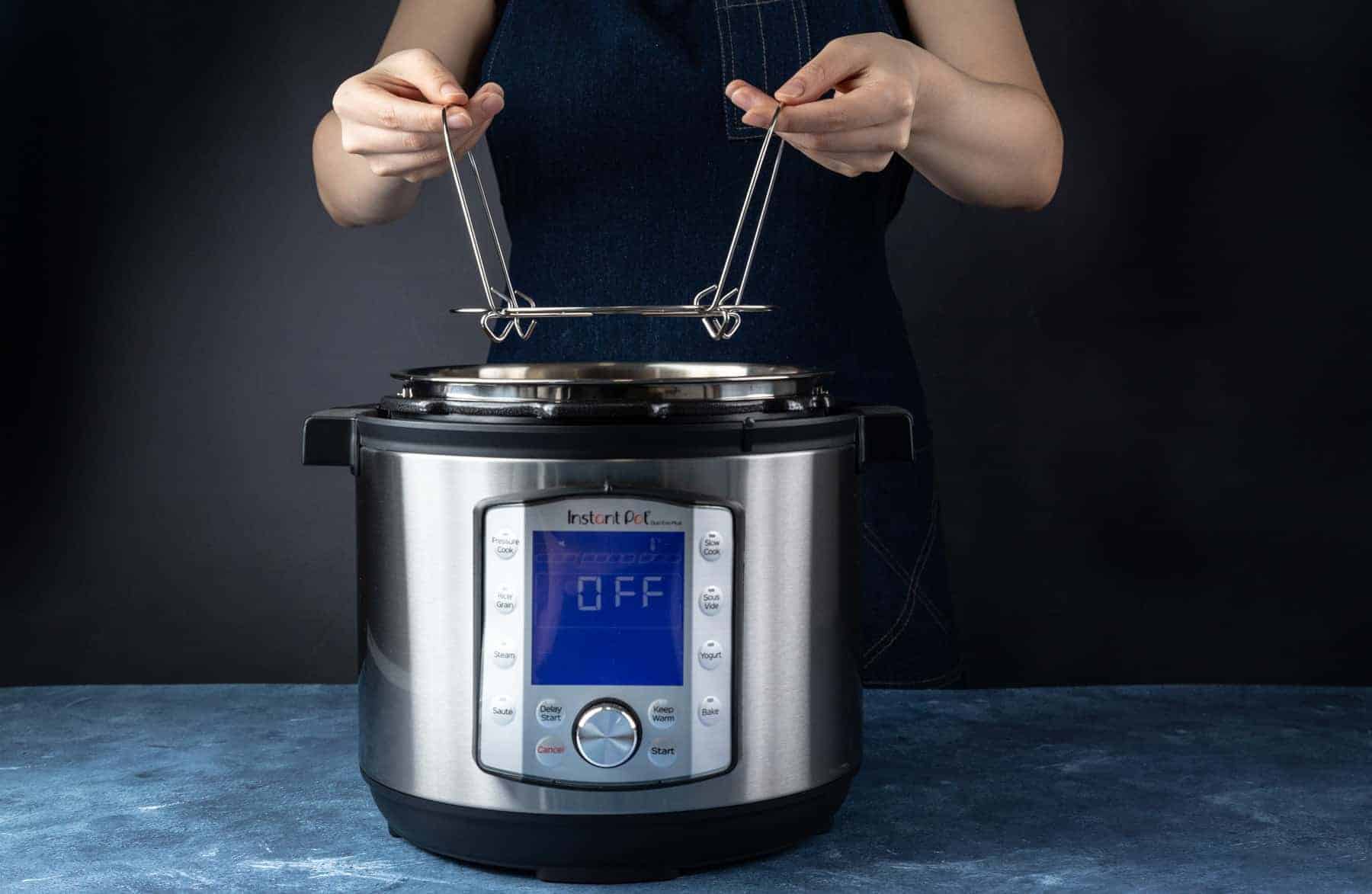
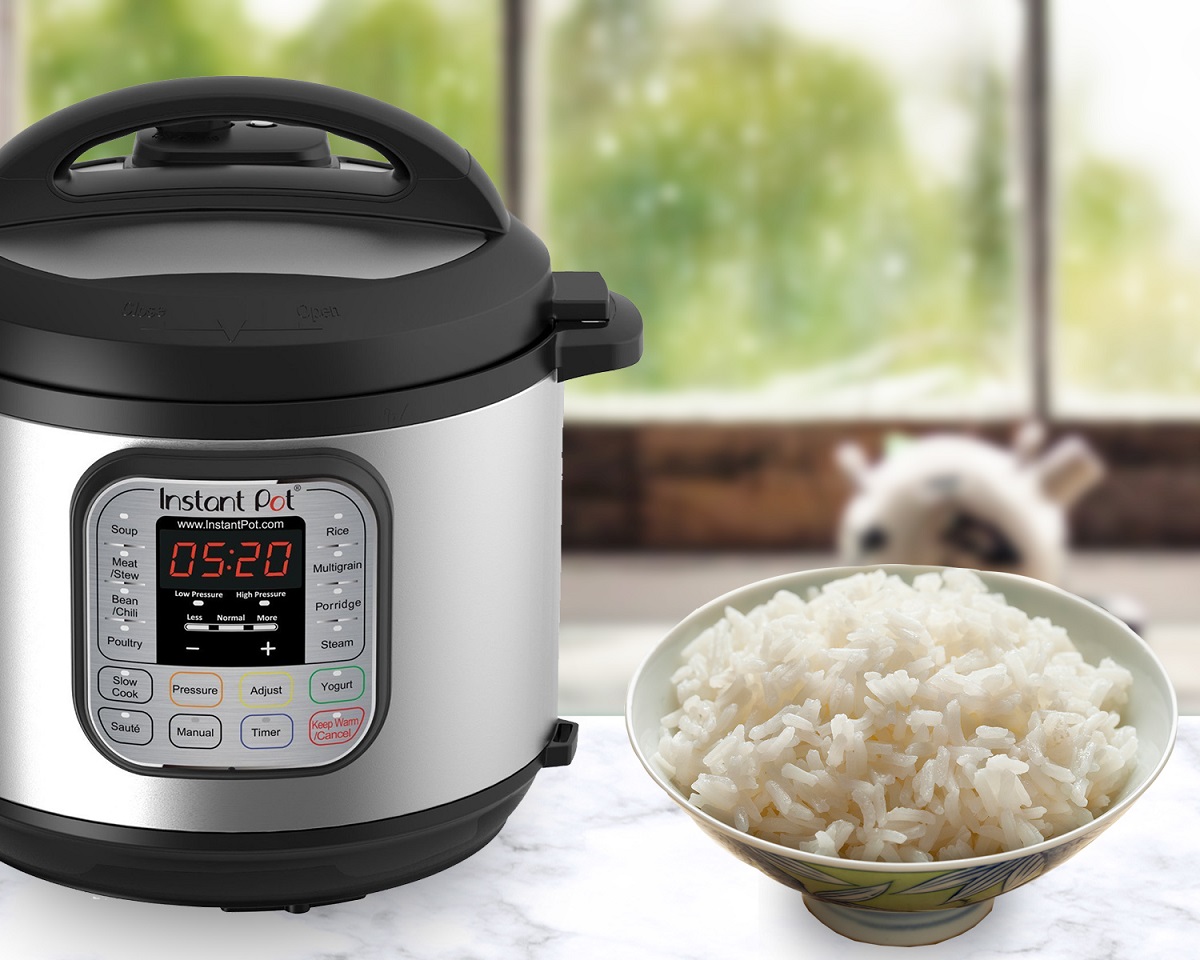
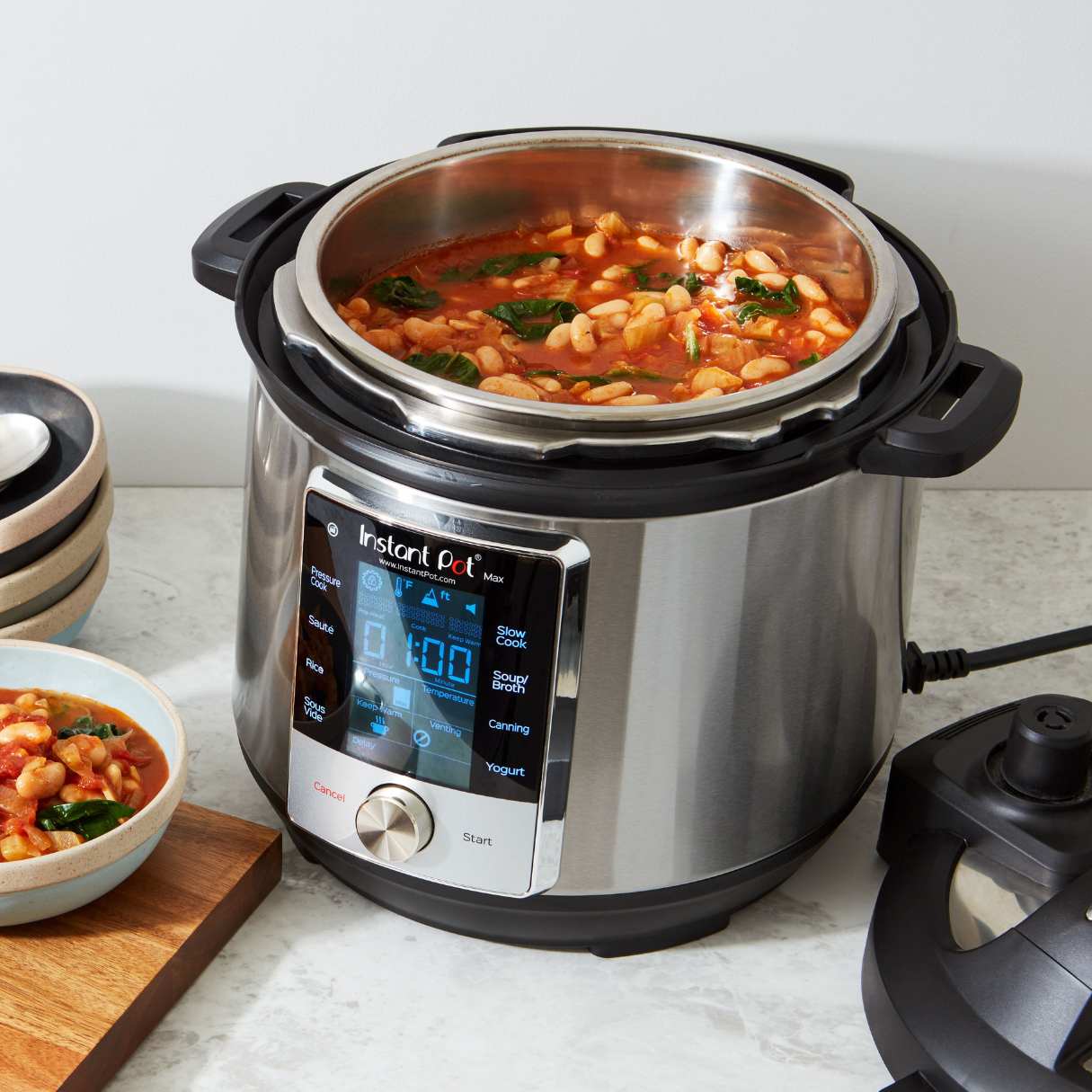
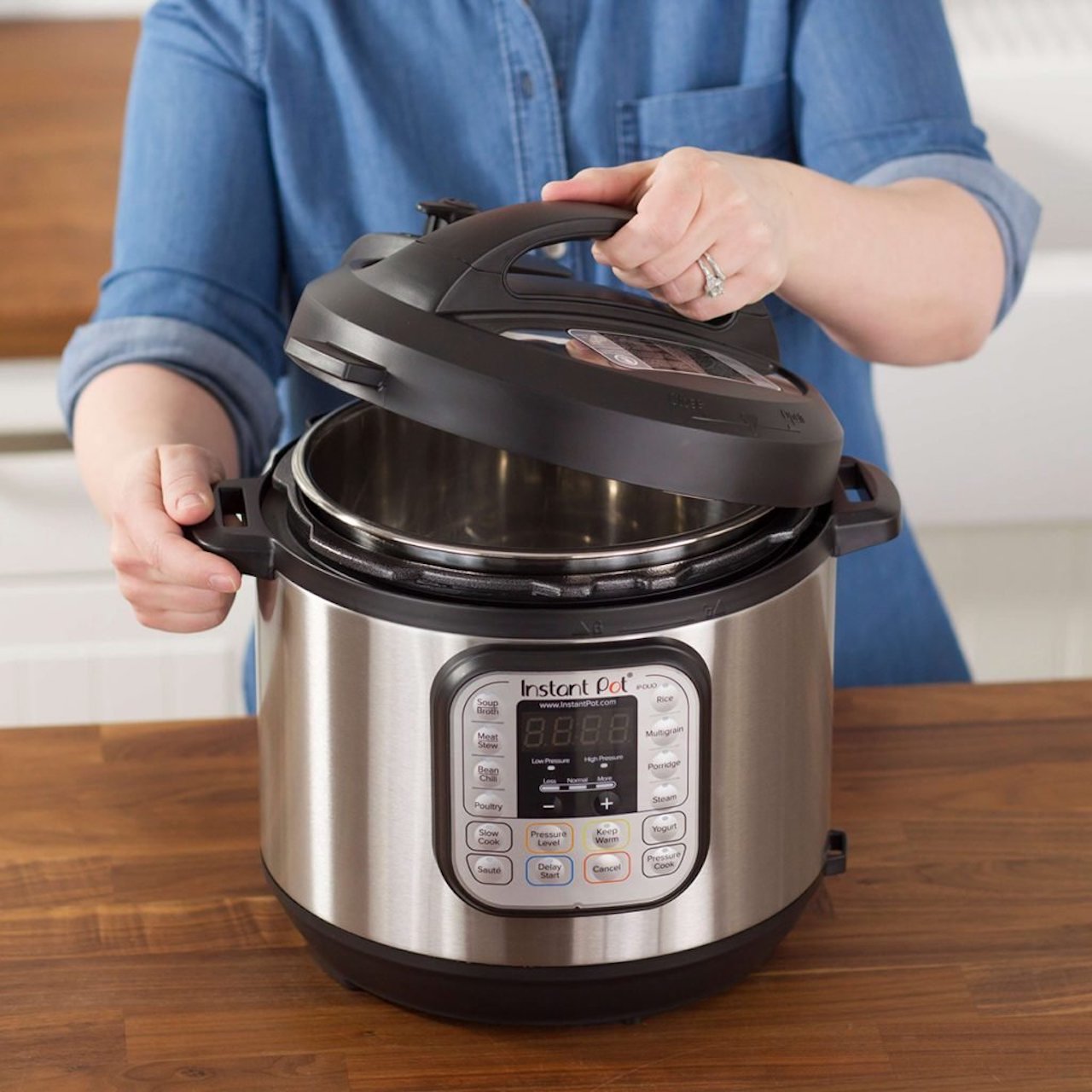
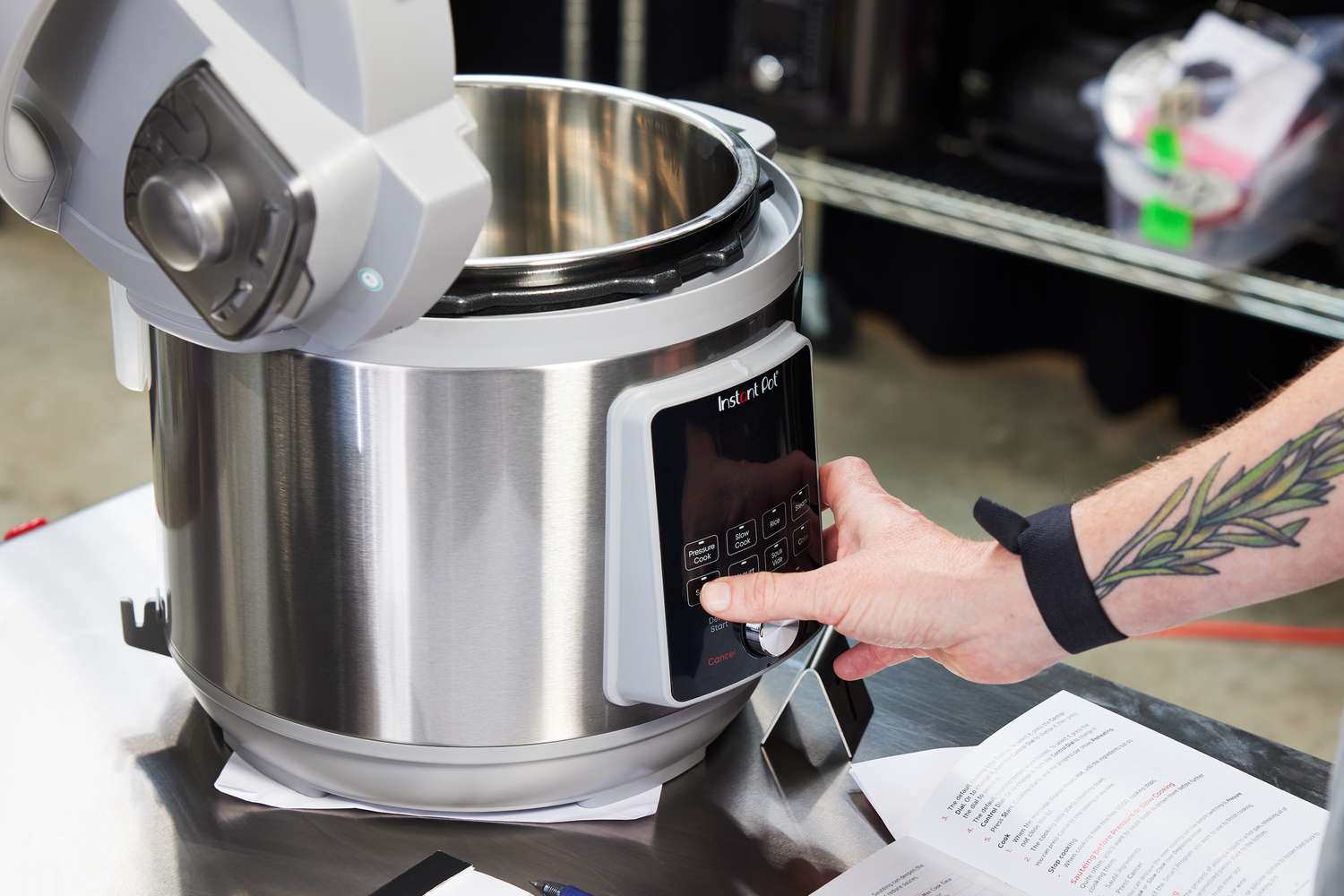
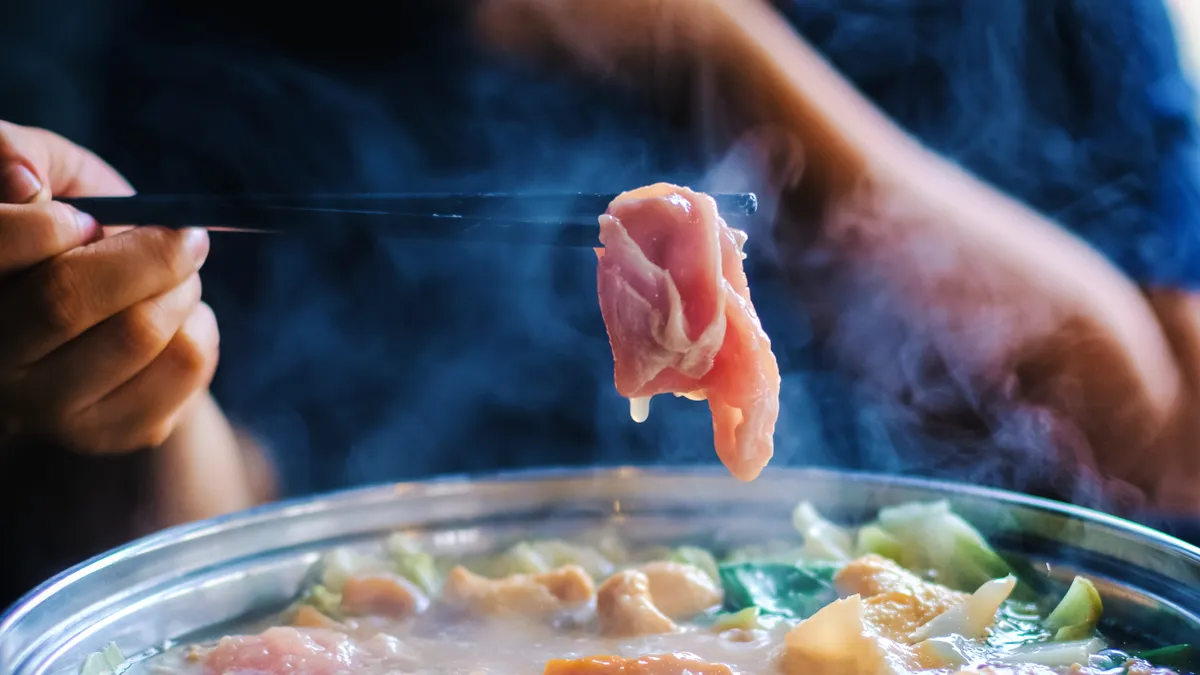
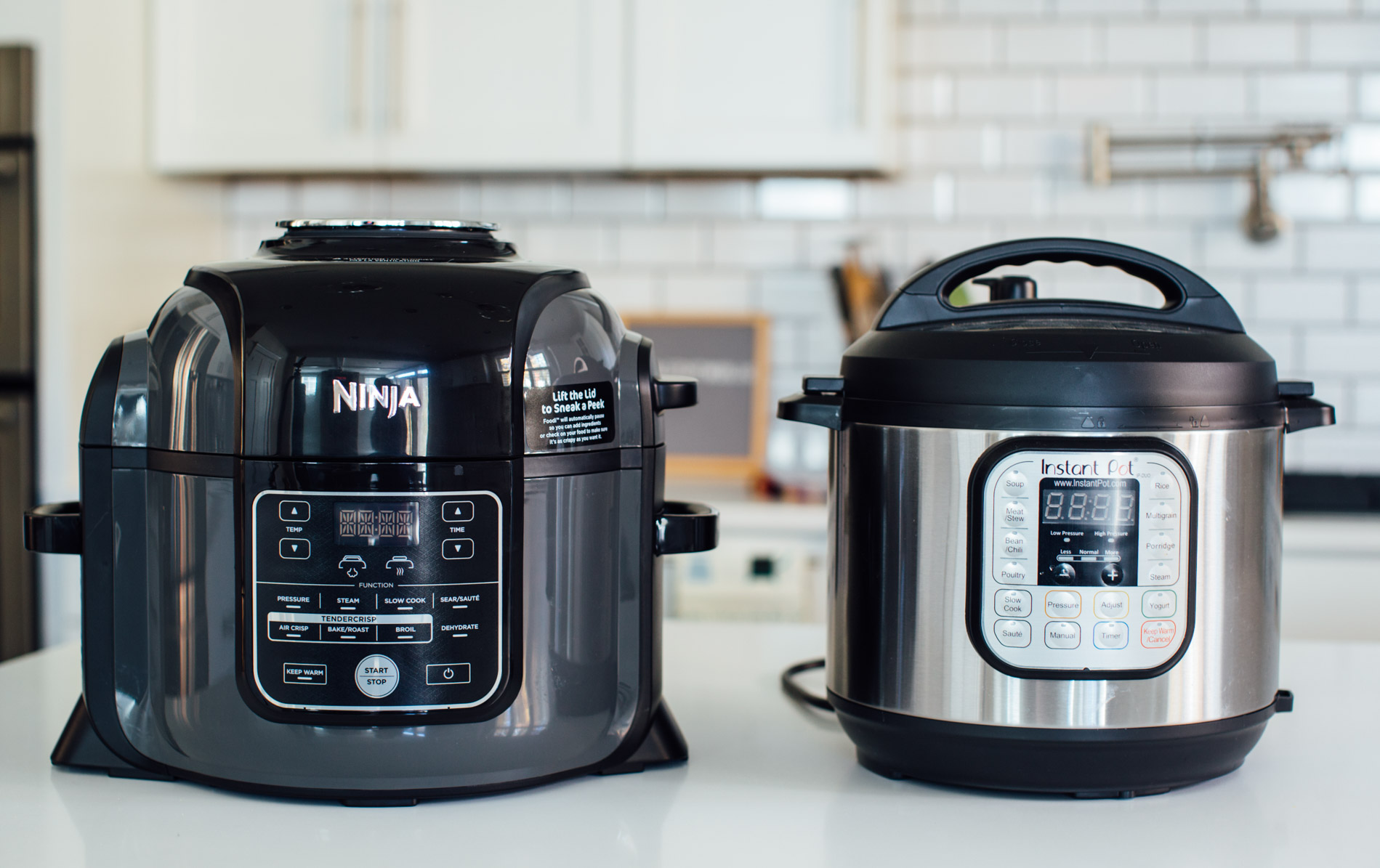

0 thoughts on “How To Use Instant Pot For Slow Cooker”